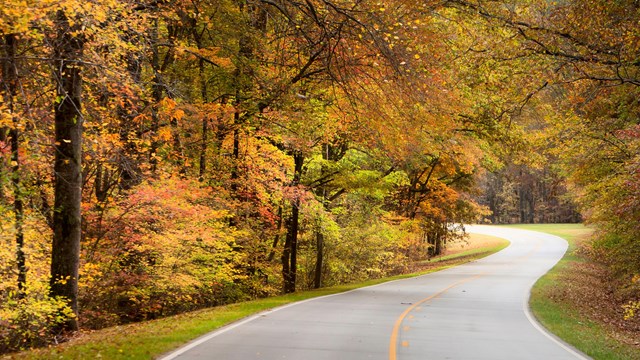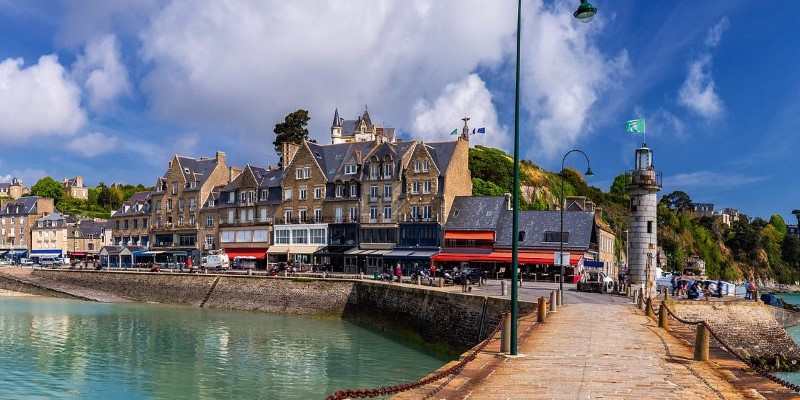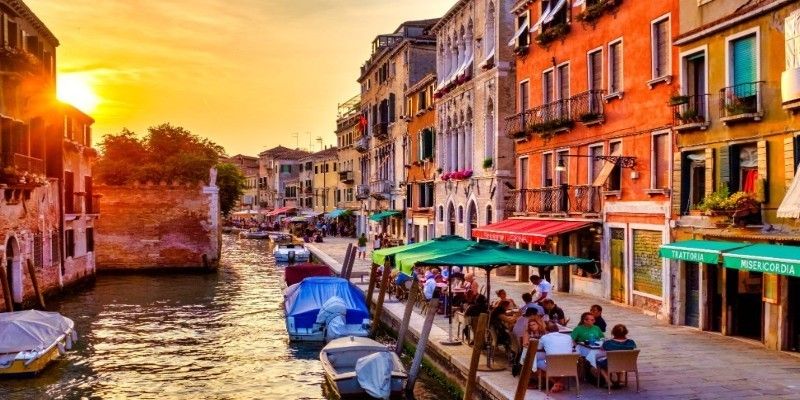The Southern United States is often praised for its food, music, and hospitality—but that’s only part of the story. There’s another side to the South, quieter and wilder, found in the open spaces where swamps meet the sea, forests climb the hills, and rock formations hold centuries of geologic memory. National parks in this region show a softer, more natural face of the South, offering everything from alligator sightings to stargazing skies you won’t forget. If you’ve been thinking about where to get fresh air and a better view, these ten places are worth a spot on your list.
The 10 Best National Parks in the Southern USA
Great Smoky Mountains National Park – Tennessee and North Carolina
It’s no surprise this park is the most visited in the entire country. Rolling fog, wildflowers, and endless layers of tree-covered hills make the Smokies feel timeless. You'll find hundreds of miles of hiking trails, but Clingmans Dome and Alum Cave Trail are some of the most accessible and rewarding. Wildlife here isn't shy—deer and black bears are often seen near the roads and trails. Whether you're in for a long hike or just passing through on Newfound Gap Road, this park delivers natural beauty without demanding too much from visitors.
Everglades National Park – Florida
This isn’t your typical park. It’s a vast river of grass, with shallow water moving slowly through sawgrass marshes. You’re more likely to be in a kayak or an airboat than on a trail. What makes the Everglades stand out isn’t just the size or the scenery—it’s the wildlife. Alligators, manatees, and rare birds like roseate spoonbills make this place feel alive in a way few others do. The Anhinga Trail is a good start, especially for first-timers. For a longer look, take the drive down to Flamingo, where land meets the open sea.

Big Bend National Park – Texas
Far from just about everything, Big Bend is where you go when you want silence. It shares a border with Mexico and offers an enormous stretch of desert, mountains, and rivers. The Rio Grande cuts through deep canyons like Santa Elena, where you can hike alongside the water or take a canoe through the still sections. This park also has some of the darkest skies in the U.S., making it a favorite for stargazing. Spring is one of the best times to go—desert flowers bloom, and the heat hasn't hit full force.
Congaree National Park – South Carolina
Congaree might not be on every travel brochure, but it should be. It’s home to the largest old-growth bottomland hardwood forest left in the country. These aren’t just trees—they’re giants. Some reach more than 160 feet high, creating a canopy that filters the sun into gold and green. Most of the park is swampy, so the boardwalk trail is the easiest way to experience the forest without getting your feet wet. Kayaking the Congaree River gives a different angle on things and might even get you closer to a curious otter or two.
Mammoth Cave National Park – Kentucky
Above ground, it’s a quiet stretch of forest and river. Underground, it's something else entirely. Mammoth Cave holds the record as the longest known cave system on Earth, with over 400 miles explored and charted to date. Tour options range from basic walks to wilder, headlamp-only adventures that explore the narrower parts. What’s interesting is how calm it feels inside—the stillness, the echo of water drops, and the cool air. It’s one of those places where the scale of things is hard to grasp until you're standing there in it.
Guadalupe Mountains National Park – Texas
This park feels like a secret. It's often overshadowed by its bigger sibling, Big Bend, but for those who make the trip, Guadalupe Mountains offers a tougher and more remote experience. The highlight here is Guadalupe Peak—the highest point in Texas. The hike to the top is a workout, but the view is well worth it. The park’s desert landscape shifts with elevation, going from scrubby terrain to forests of pine and fir. Fall is the sweet spot here, especially when the maples in McKittrick Canyon turn red and orange.
Hot Springs National Park – Arkansas
This one blends natural beauty with history in a way that feels very Southern. The park is built around natural thermal springs that were once a major health destination. Bathhouse Row, with its historic buildings, offers a look at how things used to be done while the surrounding trails wind through wooded hills. You won't find sweeping mountain views, but you will find quiet paths, interesting architecture, and a deep connection between people and places. It's a lighter park, good for those who want nature without feeling too far from town.
Gulf Islands National Seashore – Florida and Mississippi
This isn't one park but a series of protected areas stretching along the Gulf Coast. What ties them together is the sand—fine, white, and soft under your feet. Some parts are more developed, like Fort Pickens near Pensacola, where you can mix beach time with a little history. Others, like Horn Island, are only accessible by boat and offer long stretches of untouched shoreline. The sunsets here are hard to beat, and the pace is slower than most parks. It's a place where sitting still actually feels like doing something.
Natchez Trace Parkway – Mississippi, Alabama, and Tennessee
Technically, this is a parkway, not a single park—but it deserves a place on this list. The 444-mile road follows a historic travel corridor used for centuries by Indigenous peoples, settlers, and traders. Now, it’s one of the most scenic drives in the South. Along the way, you’ll find hiking trails, waterfalls, and quiet overlooks. What stands out here is how the route blends nature with memory. It’s not about dramatic landscapes but about the quiet spaces in between. Riding a bike or taking a slow drive along the Trace brings out that side of it.

Dry Tortugas National Park – Florida
Seventy miles west of Key West, this park isn’t something you stumble into. You have to plan for it—usually by boat or seaplane. But once you arrive, it feels like another world. Fort Jefferson, a massive brick structure built in the 1800s, sits on a cluster of small islands surrounded by turquoise water. Snorkeling, swimming, and walking the fort walls are the main activities here. There's no rush and no background noise, just sea, sun, and history. If you’re up for camping, staying overnight offers a rare kind of peace.
Final Thoughts
The national parks in the South aren’t just pretty places. They carry stories, hold silence, and offer views that make you pause. Some parks challenge you with long hikes or remote locations, while others ease you in with simple walks and gentle trails. Whether it’s cypress trees rising from still waters or a cave stretching below your feet, the experiences here tend to stay with you. These ten are a good place to start, but they’re just a part of what the Southern outdoors has to offer.












